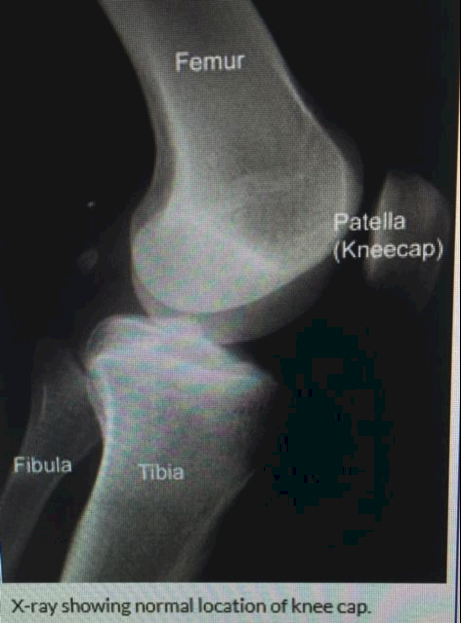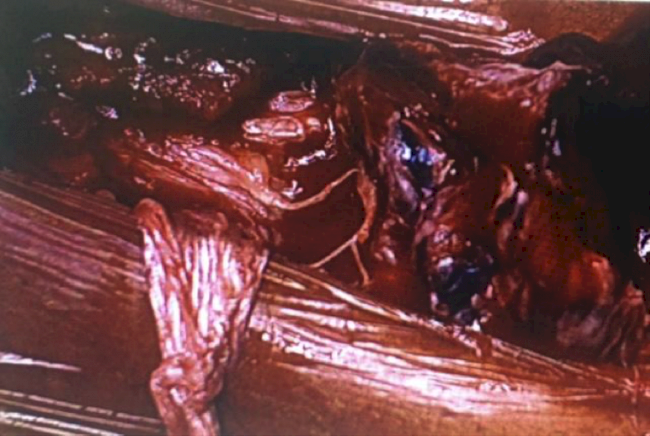Want to book an appointment with Dr. Greenwald? CLICK HERE.
Hello Cyclone Fanatics,
Two weeks ago I wrote about a relatively uncommon football injury, the quadriceps tendon rupture. This week I’m writing about a similar injury, the patellar tendon rupture. Quadriceps tendon ruptures occur above the patella (kneecap) and are about 2-3 times more common than patellar tendon ruptures, which occur below the patella.
Both involve the extensor mechanism of the lower extremity (meaning the ability to straighten the knee). The most common mechanism of injury is of a sudden contraction of the quadriceps muscle on a flexed knee, with a strong muscle contraction trying to straighten the knee occurring while an even stronger opposing force tries to bend the knee.
This can happen when, for example, two 300 pound lineman go at each other in the trenches. There is tremendous force generated and ‘something has to give’. In this scenario, what ‘gives’ is the patellar tendon. The player oftentimes hears a ‘pop’ and falls in a heap, with inability to bear weight. They are carted off the field and evaluated by the training staff and physicians with diagnosis made by physical exam initially, and confirmation by X-Ray, MRI or ultrasound.



This is a devastating injury with tremendous soft tissue disruption. The tendon fibers are stretched to the point of failure, often looking like a bomb went off in the tendon.

Surgical treatment is necessary with a variety of techniques utilized to repair the tendon. Basically, the repair involves restoring the attachment of the tendon to the patella with direct repair of the torn fibers.


Reinforcing suture can be used around the patella to augment the repair. A newer technique with suture anchors can be used, if the tendon is pulled directly off the patella.
Postoperative care involves prolonged immobilization and healing time, followed by months of strengthening and rehabilitation. It can take up to 8-12 months to recover from such an injury, and there is no such thing as a guaranteed return to pre-injury level of participation.
There can be some stiffness in the injured leg, and even some slight loss of motion. And it can be difficult to regain all the strength in the affected leg, and regain the athlete’s explosiveness, even with modern rehabilitative techniques. In other words, it’s just a ‘lot of hard work’ to come back from such a traumatic injury. And beware fellow Fanatics, as this injury can occur in ‘weekend warriors’, too, so be careful out there.
Until next time, Go Cyclones!
Dr. Thomas Greenwald, MD





